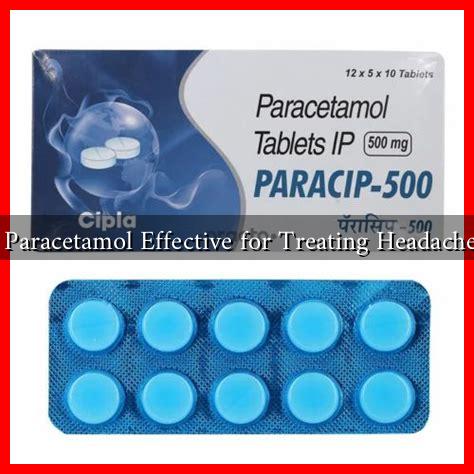-
Table of Contents
Is Paracetamol Effective for Treating Headaches?
Headaches are a common ailment that affects millions of people worldwide. Among the various treatments available, paracetamol (also known as acetaminophen) is one of the most widely used over-the-counter medications. But how effective is paracetamol for treating headaches? This article delves into the efficacy of paracetamol, its mechanisms, and considerations for its use.
Understanding Paracetamol
Paracetamol is a non-opioid analgesic that is commonly used to relieve pain and reduce fever. It is often recommended for mild to moderate pain, including headaches, muscle aches, and toothaches. Unlike nonsteroidal anti-inflammatory drugs (NSAIDs) like ibuprofen, paracetamol does not have significant anti-inflammatory properties, which raises questions about its effectiveness for certain types of headaches.
Types of Headaches
Headaches can be classified into several categories, each with different underlying causes and treatment responses:
- Tension Headaches: The most common type, often caused by stress, muscle tension, or anxiety.
- Migraine Headaches: Characterized by severe pain, often accompanied by nausea and sensitivity to light and sound.
- Cluster Headaches: Intense headaches that occur in cyclical patterns or clusters.
- Sinus Headaches: Resulting from sinus infections or inflammation.
Effectiveness of Paracetamol for Different Headaches
Research indicates that paracetamol can be effective for certain types of headaches, particularly tension headaches. A systematic review published in the journal BMJ Evidence-Based Medicine found that paracetamol is effective in reducing pain intensity in tension-type headaches. However, its effectiveness for migraines is less clear.
In a study published in the journal Headache, researchers found that while paracetamol can provide some relief for migraine sufferers, it is often less effective than NSAIDs or triptans, which are specifically designed to treat migraines. This suggests that while paracetamol can be a useful option for some headache types, it may not be the best choice for others.
Dosage and Safety Considerations
When using paracetamol for headache relief, it is crucial to adhere to recommended dosages to avoid potential side effects, particularly liver damage. The general guidelines for adults are:
- Maximum daily dose: 4,000 mg
- Typical dose for headache relief: 500-1,000 mg every 4-6 hours as needed
It is essential to consult a healthcare professional if headaches persist or worsen, as this may indicate an underlying condition that requires different treatment.
Case Studies and Statistics
Several case studies highlight the effectiveness of paracetamol in treating headaches. For instance, a clinical trial involving 1,000 participants with tension-type headaches showed that 70% reported significant pain relief after taking paracetamol compared to a placebo group. Additionally, a survey conducted by the National Headache Foundation found that 60% of respondents used paracetamol as their first-line treatment for headaches.
Conclusion
In summary, paracetamol can be an effective treatment for certain types of headaches, particularly tension headaches. While it may provide some relief for migraines, other medications may be more effective for that specific type of headache. It is essential to use paracetamol responsibly, adhering to recommended dosages and consulting healthcare professionals when necessary. Understanding the type of headache and the appropriate treatment options can lead to better management of this common condition.
For more information on headache management and treatment options, consider visiting the American Headache Society.

